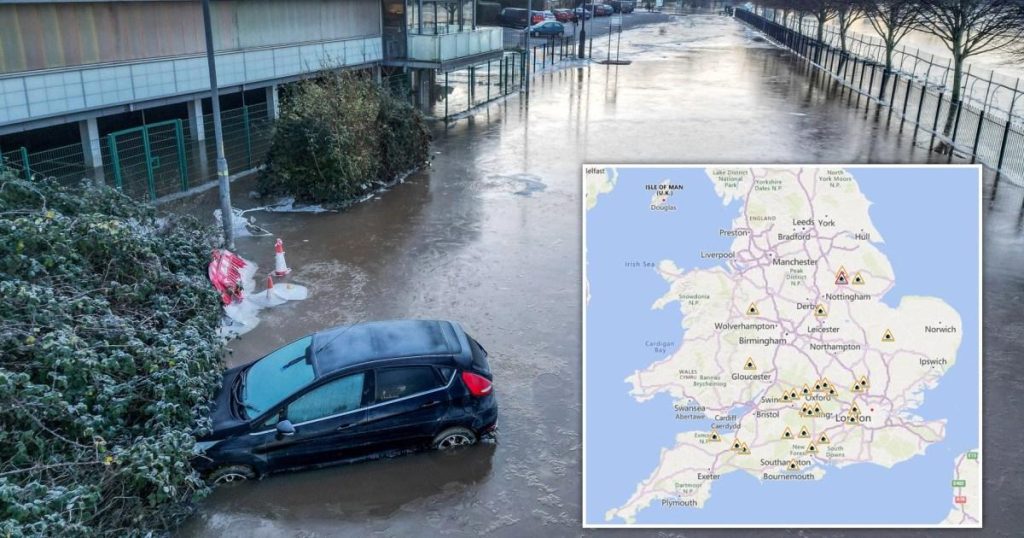The recent cold snap that gripped the UK, bringing snow, ice, and sub-zero temperatures for twelve consecutive nights in some areas, has finally begun to thaw. While this brings a sigh of relief for many who endured travel disruptions, school closures, and power outages, a new threat emerges: flooding. The Met Office, along with the Environment Agency, has issued warnings and alerts for potential flooding across England and Scotland as the accumulated snow and ice melt. This transition from extreme cold to potential flooding highlights the complex challenges posed by rapidly changing weather patterns.
The preceding days saw widespread disruption across the country. People were stranded, including a group snowed in at a North Yorkshire pub for five days without water or electricity. Airports experienced significant delays and cancellations, while roads became treacherous, leading to numerous accidents and closures. The prolonged sub-zero temperatures strained infrastructure and resources, testing the resilience of communities across the nation. The sudden shift to milder temperatures, while welcomed, introduces a new set of concerns as the rapid melting poses a risk of widespread flooding.
The Environment Agency has issued three flood warnings and over thirty flood alerts across England and Scotland. These warnings urge residents to be prepared for potential flooding and to take necessary precautions. A flood warning signifies immediate action is required, while a flood alert indicates that flooding is possible and residents should be prepared. The most significant warning in England pertains to the River Trent near Girton, Cambridgeshire. In Scotland, warnings remain in effect for Strath Oykel and Strath Carron, urging residents to take immediate action.
The Environment Agency is actively monitoring the situation and working to mitigate the potential impact of flooding. Teams are on the ground operating flood defenses, taking preventative measures, and providing support to affected communities. The combination of rainfall and snowmelt increases the likelihood of river flooding, particularly in the Yorkshire and Humber region. The Environment Agency emphasizes the importance of staying informed and heeding official warnings and guidance.
The meteorological shift bringing the threat of flooding involves a transition to milder temperatures with a north-south divide in conditions. The most dramatic change is expected in Northern Ireland, Scotland, and the far northwest of England, where milder air from the Atlantic is bringing cloudy skies and patchy rain. This warmer air will contribute to the accelerated melting of snow and ice, increasing the risk of flooding in vulnerable areas. While the milder temperatures are a welcome respite from the extreme cold, the potential for flooding underscores the need for continued vigilance and preparedness.
The recent extreme weather events highlight the increasing challenges posed by climate change and the importance of adapting to these changing conditions. The rapid shift from a prolonged period of extreme cold to the threat of flooding demonstrates the volatility of weather patterns and the need for robust infrastructure and effective emergency response systems. The Environment Agency’s proactive approach, issuing warnings, deploying resources, and supporting affected communities, underscores the importance of preparedness and coordinated action in mitigating the impact of extreme weather events. The ongoing situation serves as a reminder of the need for continued investment in flood defenses and resilient infrastructure to protect communities from the increasing risks associated with climate change.




